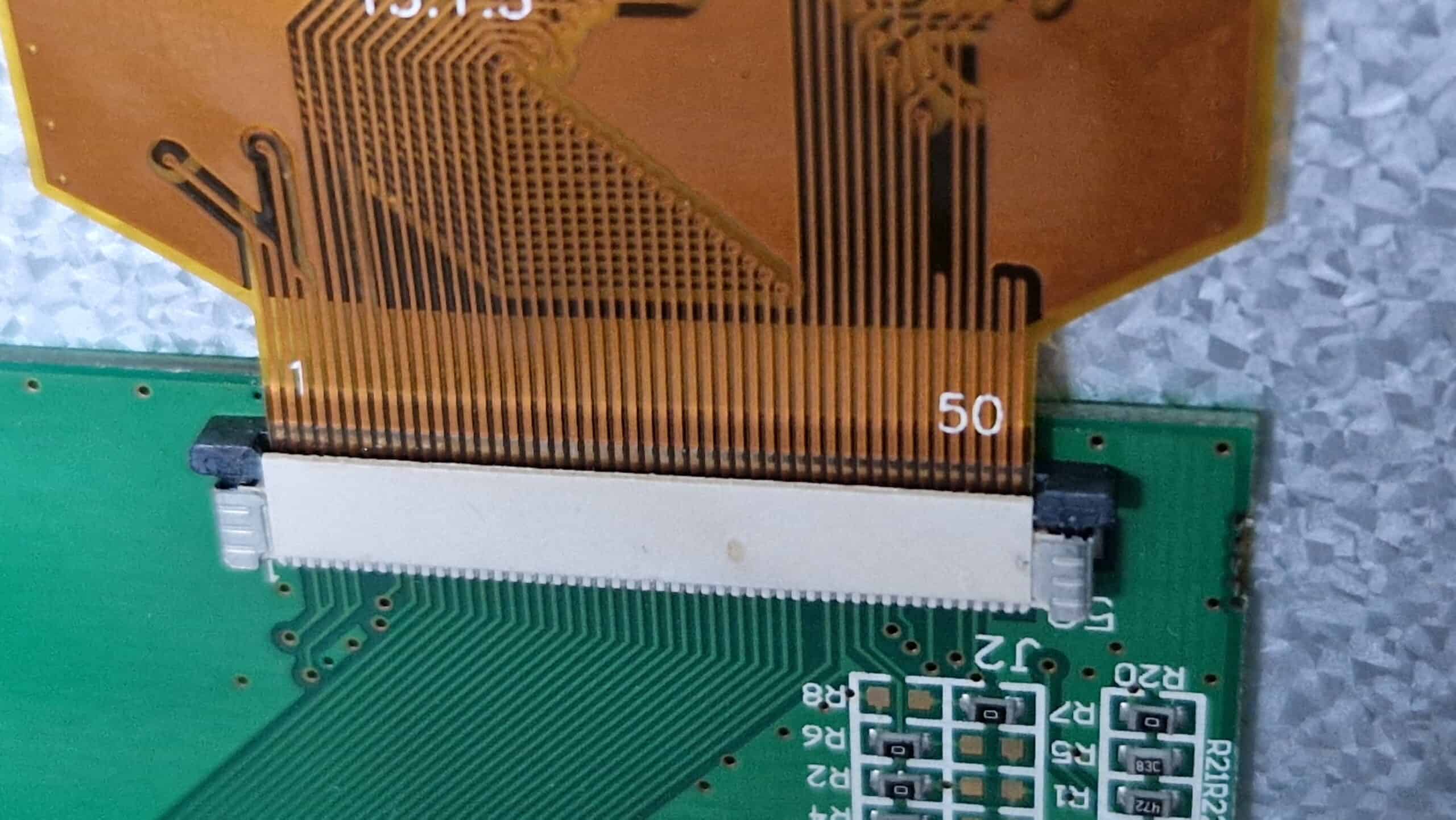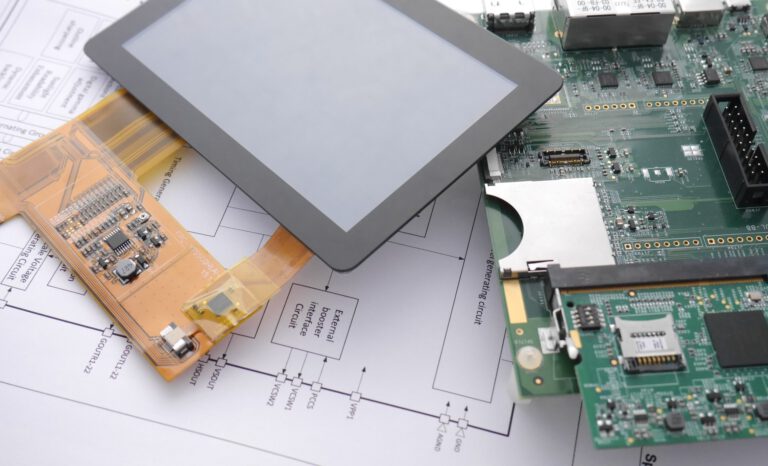The LVDS (Low Voltage Differential Signaling) and I2C (Inter-Integrated Circuit) are two different interfaces designed for different purposes and applications. Here are the main differences between them:
- Purpose and Scope:
- LVDS: LVDS is a high-speed interface for the transmission of data, especially for the connection of displays, sensors and other devices where reliable transmission of high-bandwidth digital signals is required. LVDS is often used in applications such as display technologies, such as LCD screens.
- I2C: I2C is an interface for serial communication between integrated circuits and peripheral devices. It is used to exchange digital data and control commands between microcontrollers, sensors, memories and other electronic components. I2C is designed for communication and control of peripheral devices.
- Signal transmission:
- LVDS: LVDS uses differential signals, with one positive and one negative line for each bit. This minimizes electromagnetic interference and allows data to be transmitted over longer distances at high speeds.
- I2C: I2C uses bidirectional serial communication over two wires - a data line (SDA) and a clock line (SCL). The data transfer takes place in a master-slave mode.
- Speed:
- LVDS: LVDS enables the transmission of data at very high speeds, typically in the gigabit range.
- I2C: I2C is slower compared to LVDS and is usually used for lower data rate applications.
- Wiring and number of devices:
- LVDS: LVDS usually requires special cables and is often used for point-to-point connections.
- I2C: I2C is a multi-master bus that allows communication between multiple devices over the same bus. It is often used in applications with multiple peripherals.
In summary, LVDS and I2C were developed for completely different purposes and applications. LVDS is focused on high-speed data transmission for display and sensor applications, while I2C is used for serial communication and control of peripherals in a common bus.




